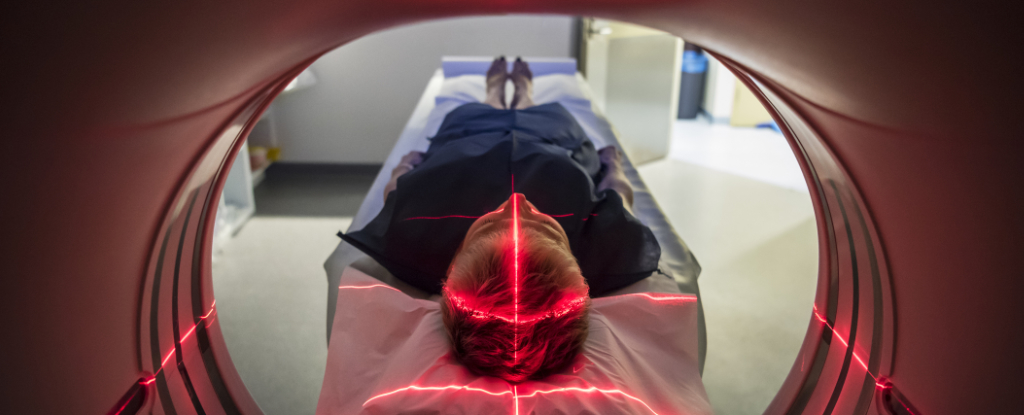The practice of injecting children with growth hormone extracted from the brains of deceased people was abandoned long ago – with good reason.
Around 200 children who underwent this procedure during 1959–1985 to treat short stature developed Creutzfeldt-Jakob disease decades later – a deadly, degenerative brain condition caused by a misfolded protein known as a prion.
Now, a study has provided more evidence that these injections might also have seeded Alzheimer’s disease.
Such person-to-person transmissions of Alzheimer’s disease would be extremely rare as they require direct contact with brain fluid.
But instruments used in neurosurgery should be decontaminated to avoid transferring Alzheimer’s proteins between patients, the researchers say. Standard sanitization techniques like boiling, drying, or soaking in formaldehyde don’t remove prions.
Neurologist John Collinge from the University College London Institute of Prion Diseases and his colleagues have suspected for some time that injections of pituitary-derived growth hormone from cadavers might have transmitted dementia.
They’ve been keeping an eye on referrals to the United Kingdom’s National Prion Clinic to see whether signs of cognitive impairment arise in people who had these cadaver injections but didn’t die from Creutzfeldt-Jakob disease.
The team reports that five out of eight people given these now-banned injections as children developed symptoms consistent with Alzheimer’s disease in their 30s, 40s, and 50s.
Of the remaining three people in the study, one had mild cognitive impairment, one had cognitive symptoms, and the other was asymptomatic.
The retrospective nature of the study was such that everyone underwent a different series of tests. However, there was evidence of Alzheimer’s biomarkers and brain atrophy across the cohort that was suggestive of the disease.
The presence of early-onset dementia in these people couldn’t be easily explained by other factors, such as childhood intellectual disability, cranial radiotherapy, underlying medical conditions, or growth hormone deficiency, the authors reasoned.
The results build on a previous study showing that archival samples of these hormone injections contained amyloid beta – the protein thought to be the causative agent behind Alzheimer’s disease.
In an autopsy study, people who had received these injections and had subsequently died of Creutzfeldt-Jakob disease were found to have amyloid beta deposits in their brains.
We don’t know for sure what causes Alzheimer’s disease. This body of research is radical in that it suggests that Alzheimer’s disease is prion-like, with seeds of degenerate proteins triggering a chain reaction throughout the brain.
This would place Alzheimer’s disease in the same category as other prion diseases, such as bovine spongiform encephalopathy (Mad Cow Disease) and kuru, a brain disease that was related to the ritualistic consumption of deceased people in Papua New Guinea, a practice that ended in the late 1950s.
“The extent to which prion-like mechanisms are involved in Alzheimer’s pathogenesis may have important bearings on therapeutic strategies,” write the researchers.
This research has been published in Nature Medicine.





